Fear and changes in the Polish dairy sector
The challenges facing the dairy sector, but also the opportunities that the industry can take advantage of, were the main topics discussed during the 18th International Dairy Cooperatives Forum, which took place on September 8-9 in Białystok.
Besides these challenges and opportunities, the new Common Agricultural Policy, Green Deal, European “Farm to Fork” strategy and post-Covid perspectives were also discussed during the Forum.
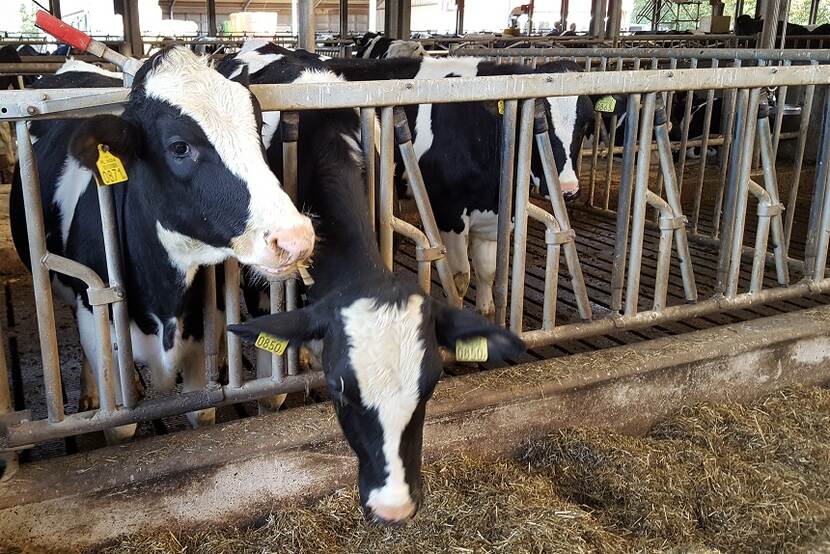
Milk production is one of the most important branches of the agricultural economy in Poland. It has big economic importance, as it is a source of income for many farms and serves as a raw material base for domestic dairy industry. Over the years, the Polish dairy industry followed the changing market conditions, which resulted in concentration of milk production and processing. Modern technological facilities, high quality of raw materials and dairy products makes the domestic dairy industry a competitive on the international market, and the available assortment offer is adapted to changing conditions market and consumer needs. But a large segment of the dairy sector in Poland consists of small or medium sized ‘family farms’, and conserving that heritage while staying economically competitive poses its challenges.
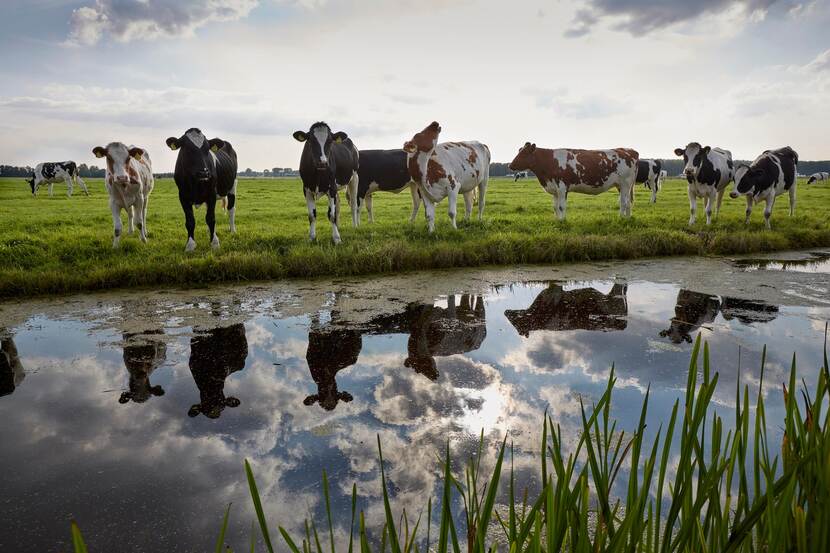
“Larger farms that benefited from EU funds, which are leading, innovative, have nothing to fear. We talk a lot about medium and small farms, because we also want to keep them and they will be very important in this new policy, but this does not mean that we are forgetting about larger farms. They have developed, show modern production, but most of all they produce adequate quantities of supplies for the market. Without large farms, there is no strong agriculture in Poland.” Ryszard Bartosik, the secretary of state in the Ministry of Agriculture, said at one of the Forum's opening panels.
Dairy Sector
The EU is the biggest exporter of dairy products in the world. An upward trend in milk production continues on the global market. Milk production in EU has grown by less than 5% over last five years, while dairy export from EU have increased by more than 10% in the same period.
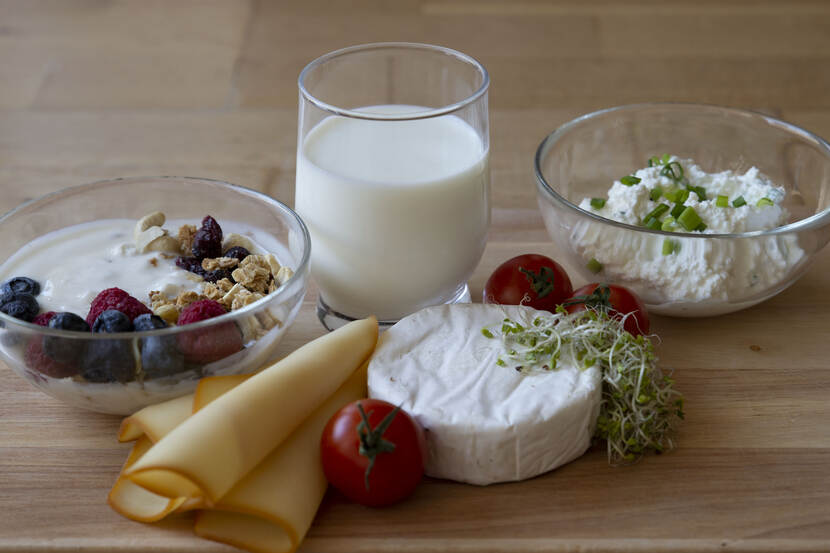
The dominant branch of the domestic milk processing is the production of cheese and cottage cheese. Poland is one of the world's significant ones manufacturers of this assortment and has an important role in dairy industry: Poland is no. 6 in global cheese production. Since Poland joined EU, there has been a spectacular growth in milk deliveries (dairy exports have grown by 400%). Dairy products are becoming more and more valuable among agri-food products in Poland. Poland ranks third in terms of the number of dairy cattle in the EU, right after Germany and France.
In Poland, dairy cows are kept mainly on individual farms (about 95% of the national population of these animals). Despite the consolidation processes in 2019, farms with less than 20 cows accounted for about 30% of all farms producing milk.
Milk production is concentrated in central and eastern Poland, in the provinces Mazowieckie (23% of the total population of dairy cows), Podlasie (20%), Wielkopolskie (12%).
In 2021, dairy products were mainly exported to EU countries (63% of total exports). The largest recipients of dairy products are Germany (19% = 208 mln euro), the Czech Republic (6%), Italy and the Netherlands (about 5% each = about 50 mln euro) and Romania (4%).
All experts agreed that the price level of dairy products in Poland is largely dependent on the economic condition on the world market. In this context, a particularly important role is played by the strong position of New Zealand, which is responsible for, for example, about 50% of butter exports in the world. The second important factor is the demand for dairy products from China.
Dairy Cooperatives
Milk processing is one of the few food industries in Poland, in which cooperatives dominate as a form of management. The main reason for the economic activity of dairy cooperatives operating in the country is for its members to attain as high as possible prices for the milk.
“Dairy cooperatives are a very important element of the dairy industry, they will play an increasingly important role in the industry, especially in the context of Common Agricultural Policy (CAP).”, Janusz Wojciechowski, the EU Agricultural Commissioner, underlined.
In Wojciechowski’s opinion, milk producers could take advantage of the animal welfare payments available through the CAP. They should also follow Austria's example and focus on organic production in the area of dairy products. However, as Commissioner Wojciechowski stressed: “Green deal instruments are instruments of financial incentives, they are not coercion.”
Prof. Babuchowski, Chairman of Management Board of the Institute of Innovation of Dairy Industry, also accentuated that cooperatives are the way forward: “Cooperatives are the best type of co-working in agriculture, and most of the cooperatives (55% market share) are in the dairy industry. We can observe high cooperative involvement in the dairy industry in the Netherlands, France and Germany. These countries are doing very well in the dairy sector.”
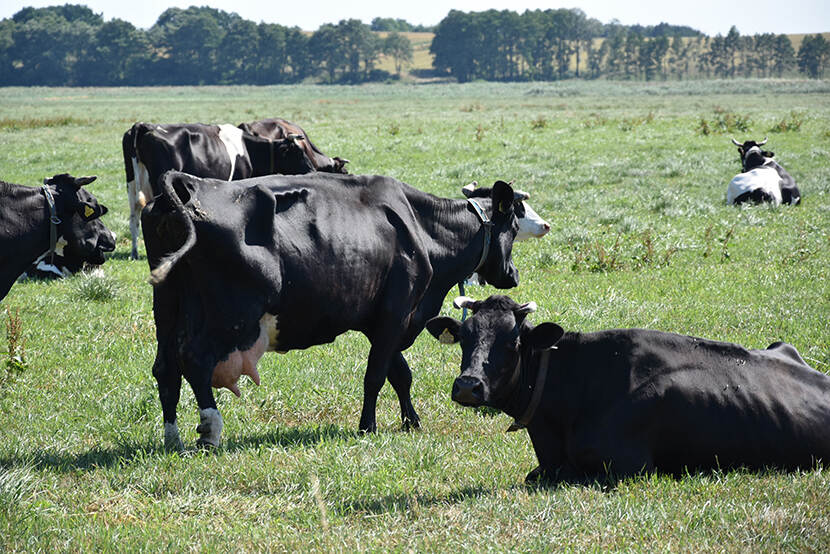
Because of the significant fragmentation of the dairy producer community in Poland, there are many associations and cooperatives that often have different interests and ideas for the development of the industry. The fragmentation of the dairy producer community increases the impression of information chaos between the ministry and farmers, which was underlined by prof. Babuchowski. Despite their differences however, faced with the challenges posed by the new EU policy, the dairy sector is trying to unite and work out a common position.
Facing a Green Deal and From Farm to Fork Strategy
There are great concerns among dairy farmers about policy changes due to Green Deal and new criteria for financing agriculture. Criticism prevailed during the Dairy Forum, especially among medium and smaller dairy producers. Farmers and producers of milk and dairy products complain about the lack of information from the ministry.
Because of the demanding environmental objectives and ambitions of the EU Green Deal and the “Farm to Fork” Strategy, new challenges will arise for European Dairy Producers and Farmers. Hence, a decrease in milk production is very likely. This is what Polish producers fear the most.
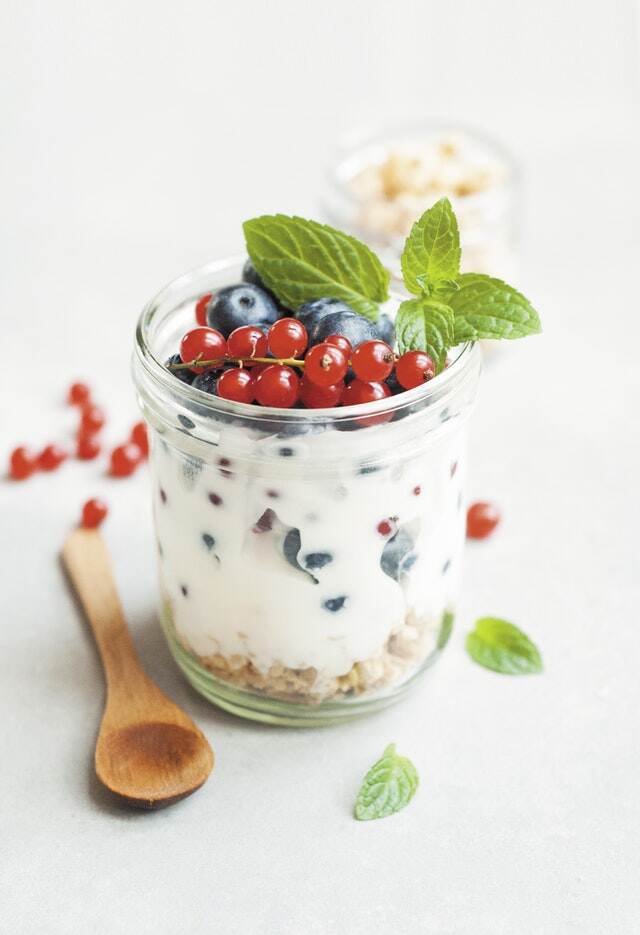
“It is true that we will clean the European sky of greenhouse gases, but agricultural production will be transferred to other continents and Europe will turn from an exporter to a food importer. We have one common atmosphere and air, we, as Europe, will not change the planet on our own.”, Martin Ziaja argued. As dairy cattle farmer, Ziaja is president of the District Cattle Breeders Association in Opole, and represents the European Dairy Farmers. With this statement, he vocalized what many Polish participants of the Dairy Forum fear: that with these ambitions, the EU producers cannot continue to compete with the rest of the world where environmental standards are lower. “China will not pay more for the fact that the product is produced in a sustainable manner or is more environmentally friendly.”, Alexander Anton, EDA, summed up.
However, Chris Carson, Agriculture Counsellor with the New Zealand Permanent Mission to the EU in Brussels, is a little more optimistic about the new strategies: “I will be surprised if production goes down due to the Green Deal and new regulations.”
Because, despite the farmers’ fears, the potential for more sustainability in the dairy sector is high. The new regulations also provide ample opportunity to access EU funds and financial incentives and make the change to sustainable and climate inclusive farming. “First of all, we should talk about sustainability, investing in sustainable production. Maybe the use of green energy could lower the costs of agricultural production.” Agriculture Counsellor to the Embassy of the Kingdom of the Netherlands in Warsaw Carolien Spaans, added, paying attention to opportunities arising from the new regulations.
Also according to Piotr Szajner, Head of Agricultural Markets and Quantitative Methods IERiG ‘the dairy industry has a great potential for circular farming’. Wastes in dairy production are relatively small, for instance, they mainly concern goods for the retail market, households and catering industry. High dynamics of investment outlays are observed in the industry. The innovation of these changes is also important, how big is it.
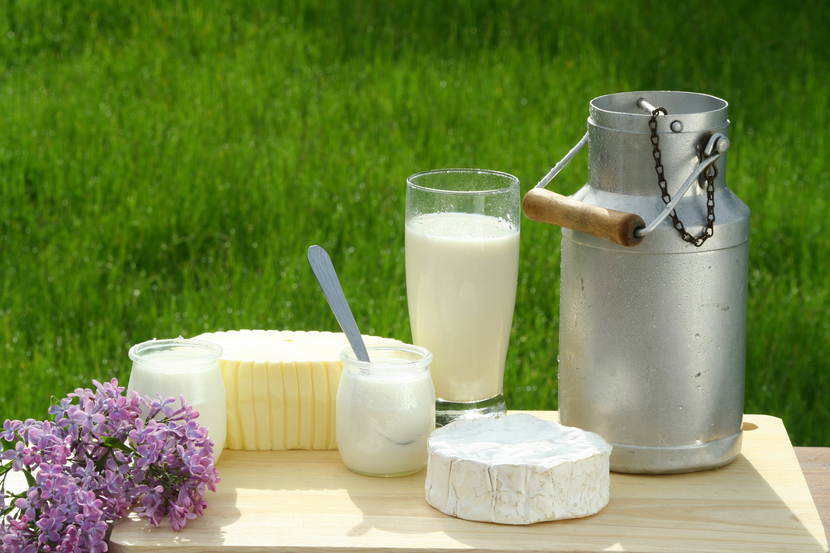
Consumption of dairy products in Poland
The average consumption of dairy products was 81.8 kg per person. In the opinion of experts - the barrier to growth is probably not the wealth of society anymore, but the natural competition from other products (meat, plant products) and the image of dairy products as an ingredient of the diet.
Polish consumers are looking for innovative, convenient products with good health benefits, but they are also looking for new flavors, especially among imported products (special cheeses and yoghurts). Consumption, especially of foreign long-maturing cheeses, is becoming trendy in Poland.
In addition, the image of dairy products, especially cheese and milk, is improving, the industry begins to fight the image of dairy products as fatty, caloric and unsuitable for everyday consumption.
“Milk and dairy products are healthy and we should shape consumer attitudes in such a way that they fit into such a promotion.”, state-secretary Bartosik said. “The fight for the consumer starts very early and you should start learning some habits in schools.”, Jerzy Plewa, Team Europe Expert agreed.
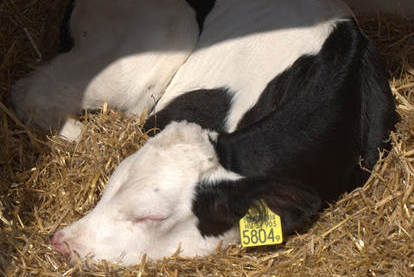
Perspectives of the dairy sector in Poland for the coming years
In the new Common Agricultural Policy, support for agriculture and rural areas is increasingly dependent on objectives related to environmental protection and the reduction of climate change. The new model of agricultural support gives more freedom to the Member of States and at the same time increases responsibility for the implementation of national strategic plans approved and monitored by the European Commission. Achieving these ambitious climate goals will not be possible without innovation, science and large investments in individual sectors, including the dairy industry.
“We must assume that the competitiveness of Polish agriculture is under threat in the era of EU upcoming changes”, state-secretary Bartosik stated, representing the Polish Ministry of Agriculture and Rural Development. Cooperatives as the foundation of farming is an opportunity for the dairy sector in Poland, that might be the biggest take-away of the 18th International Dairy Cooperatives Forum.
In the case of new trends in consumption that can strengthen the situation of the dairy industry, there is innovation. Personalized, limited, local products - this is the right direction for the entire industry, as was very often discussed in debates and conversations during the forum. Additionally, the industry must focus on more effective marketing and image activities.
The changes taking place in the EU, moving towards more sustainable practices and taking better care of the environment and nature, are the only way forward. Agriculture, including the dairy industry, must also participate in this process. The only way forward is through cooperation. After all, the word "cooperative" comes from the word "cooperation".
For more information about the structure of the Polish dairy sector in Poland, including a list and contact details of the largest dairy companies, you can find our quick scan here: Quick scan Polish Dairy sector | Polen | Agroberichten Buitenland